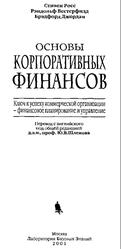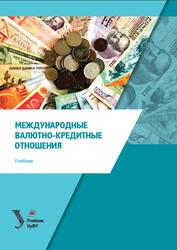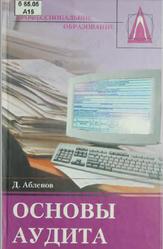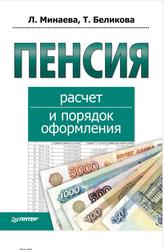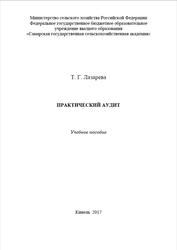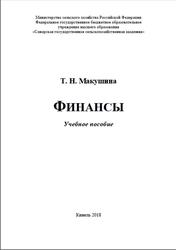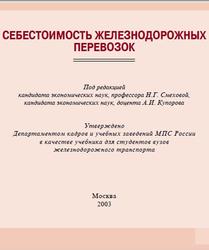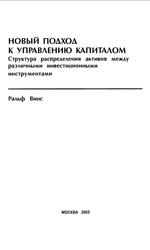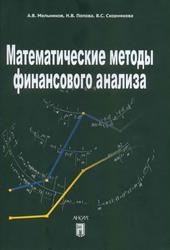Стандарты финансовой отчетности в корпоративном бизнесе, Куницына Н.Н., 2017.
Пособие представляет курс лекций, в котором изложены основные теоретические аспекты дисциплины «Стандарты финансовой отчетности в корпоративном бизнесе», а также приведен перечень контрольных вопросов. Предлагаемый материал может быть дополнен выдержками из законодательных и нормативных документов, инструкций и официальных писем и носит рекомендательный характер.
Предназначено для использования в учебном процессе при подготовке магистрантов направления 38.04.08 - Финансы и кредит, а также в системе переподготовки кадров высшей квалификации.
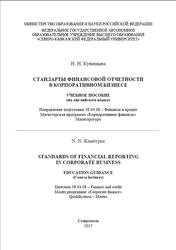
The cost constraint on useful financial reporting.
Cost is a pervasive constraint on the information that can be provided by financial reporting. Reporting financial information imposes costs, and it is important that those costs are justified by the benefits of reporting that information. There are several types of costs and benefits to consider.
Providers of financial information expend most of the effort involved in collecting, processing, verifying and disseminating financial information, but users ultimately bear those costs in the form of reduced returns. Users of financial information also incur costs of analysing and interpreting the information provided. If needed information is not provided, users incur additional costs to obtain that information elsewhere or to estimate it.
Reporting financial information that is relevant and faithfully represents what it purports to represent helps users to make decisions with more confidence. This results in more efficient functioning of capital markets and a lower cost of capital for the economy as a whole. An individual investor, lender or other creditor also receives benefits by making more informed decisions. However, it is not possible for general purpose financial reports to provide all the information that every user finds relevant.
Оглавление.
Introduction.
1. THEORETICAL BASES OF IFRS.
1.1. Essence of IFRS.
1.2. The organizations developing IFRS.
1.3. Elements and structure of IFRS.
Control questions for self-examination.
2. TECHNIQUE OF THE FINANCIAL STATEMENT CREATION.
2.1. Qualitative characteristics of useful financial information.
2.1.1. Fundamental qualitative characteristics.
2.1.2. Enhancing qualitative characteristics.
2.2. The cost constraint on useful financial reporting.
2.3. The elements of financial statements.
Control questions for self-examination.
3. INTERNATIONAL FINANCIAL REPORTING STANDARDS AND DISCLOSURE OF INFORMATION.
3.1. Recognition of financial statement elements.
3.2. IAS 1 "Presentation of financial statements".
3.3. IAS 7 "Statement of cash flow".
3.4. IAS 8 "Accounting policies, changes in accounting estimates and errors".
3.5. IAS 24 "Related party disclosure".
3.6. IAS 10 "Events after the reporting date".
Control questions for self-examination.
4. INTERNATIONAL FUNDAMENTAL AND PRIVATE STANDARDS, SPECIAL STANDARDS.
4.1. Fundamental standards: IAS 18 "Revenue”. IAS 2 "Inventories”.
4.2. Fundamental standards: IAS 12 "Income taxes". IAS 19 "Employee benefit". IAS 37 "Provisions, contingent obligations and contingent assets".
4.3. Private standards: IAS 21 "The effects of changes in foreign exchange rates". IAS 29 "Financial reporting in hyperinflationary economies".
4.4. Special standards: IFRS 8 "Operating segments". IAS 33 "Earning per share".
Control questions for self-examination.
5. IFRS ON NON-CURRENT ASSETS AND LIABILITIES.
5.1. IAS 16 "Property, plant and equipment".
5.2. IAS 38 "Intangible assets".
5.3. IAS 36 "Impairment of asset". IAS 40 "Investment property".
5.4. IAS 17 "Leases". IAS 11 "Construction contracts". IAS 20 "Accounting for government grants and disclosure of government assistance".
5.5. IFRS 5 "Non-current assets held for sale and discontinued operation".
Control questions for self-examination.
6. IFRS ON CONSOLIDATION.
6.1. IFRS 3 "Business combination".
6.2. IAS 27 "Separate financial statements".
6.3. IAS 28 "Investment in associates and joint ventures".
6.4. IFRS 10 "Consolidated financial statement". IFRS 11 "Joint arrangement". FRS 12 "Disclosure of interests in other entities".
Control questions for self-examination.
7. IFRS FOR FINANCIAL INSTRUMENTS.
7.1. IAS 32 "Financial instruments: presentation".
7.2. IAS 39 "Financial instruments: recognition and measurement".
7.3. IFRS 7 "Financial instruments: disclosure".
7.4. IFRS 9 "Financial instruments".
Control questions for self-examination.
8. ANALYSIS OF THE ORGANIZATION’S FINANCIAL REPORTING.
8.1. Analysis technique of the financial reporting. Analysis of financial instruments. Analysis of the equity. Income-expenditure analysis. Analysis of the cash flow statement.
8.2. Benefits of using the IFRS.
Control questions for self-examination.
Glossary.
References.
Бесплатно скачать электронную книгу в удобном формате, смотреть и читать:
Скачать книгу Стандарты финансовой отчетности в корпоративном бизнесе, Куницына Н.Н., 2017 - fileskachat.com, быстрое и бесплатное скачивание.
Скачать pdf
Ниже можно купить эту книгу, если она есть в продаже, и похожие книги по лучшей цене со скидкой с доставкой по всей России.Купить книги
Скачать - pdf - Яндекс.Диск.
Дата публикации:
Теги: учебник по финансам :: финансы :: Куницына
Смотрите также учебники, книги и учебные материалы:
Следующие учебники и книги:
Предыдущие статьи:

